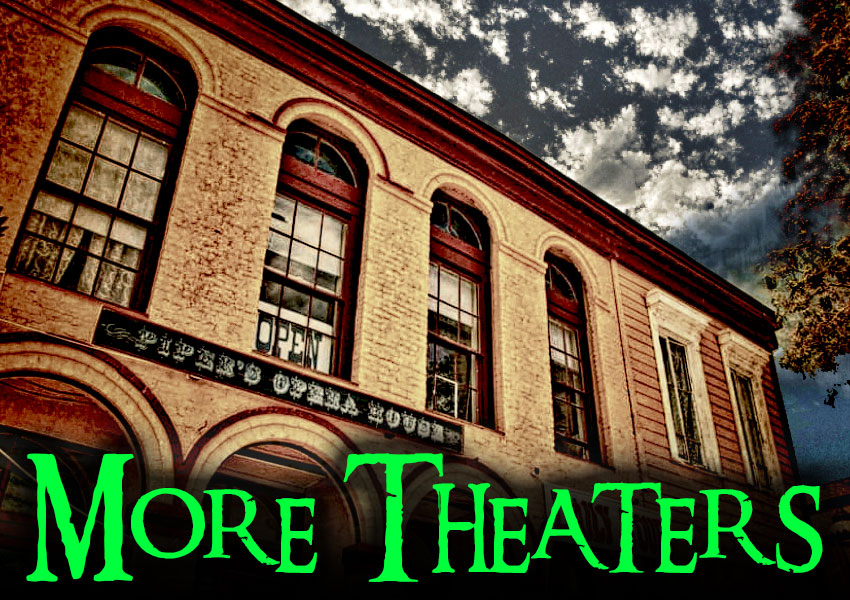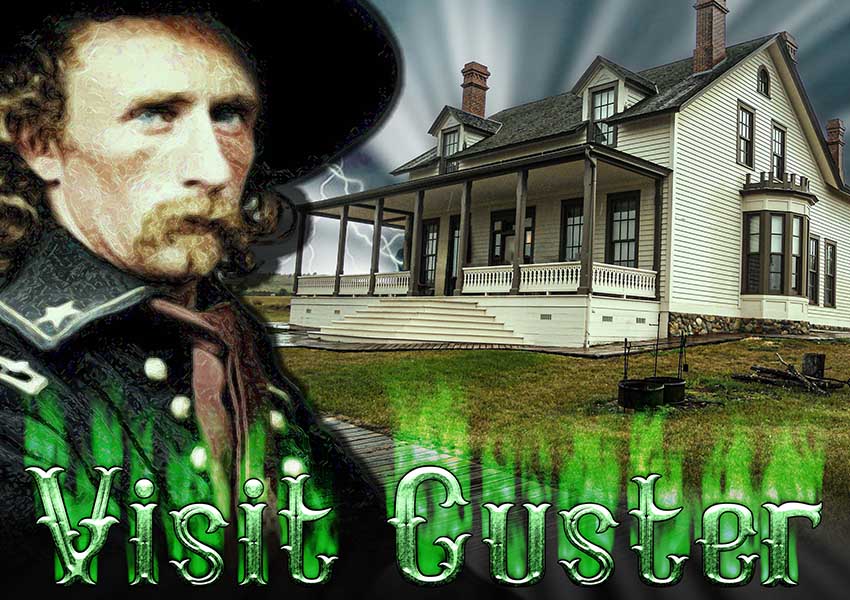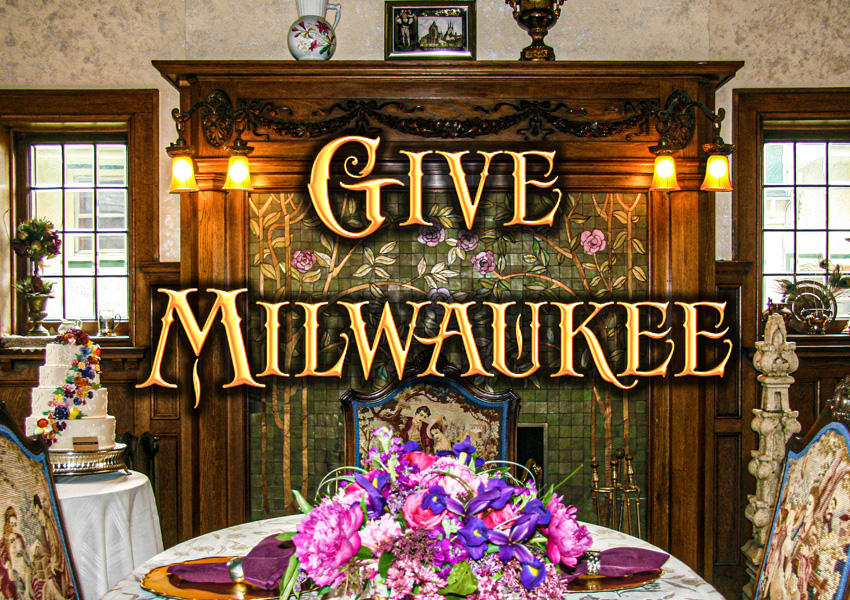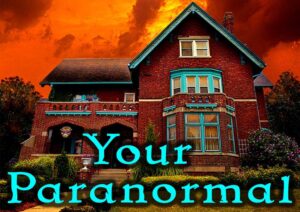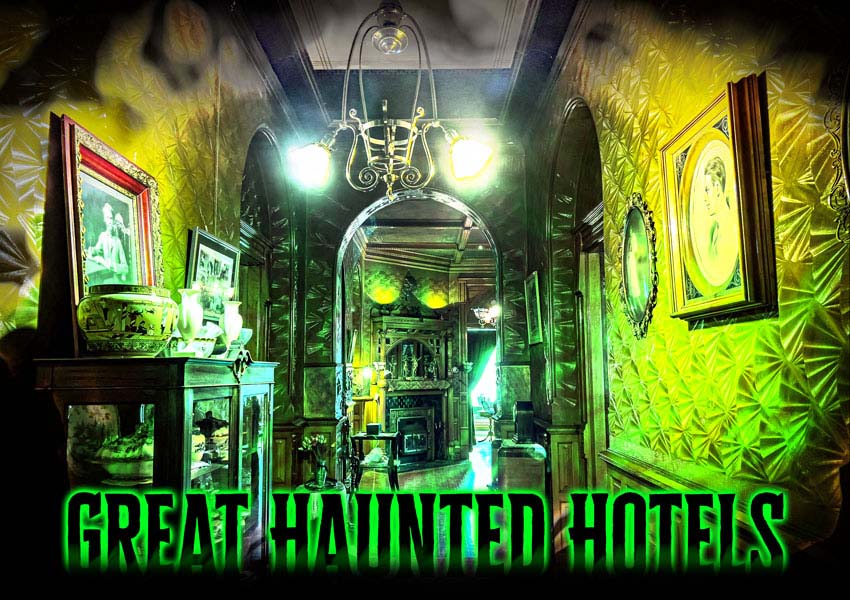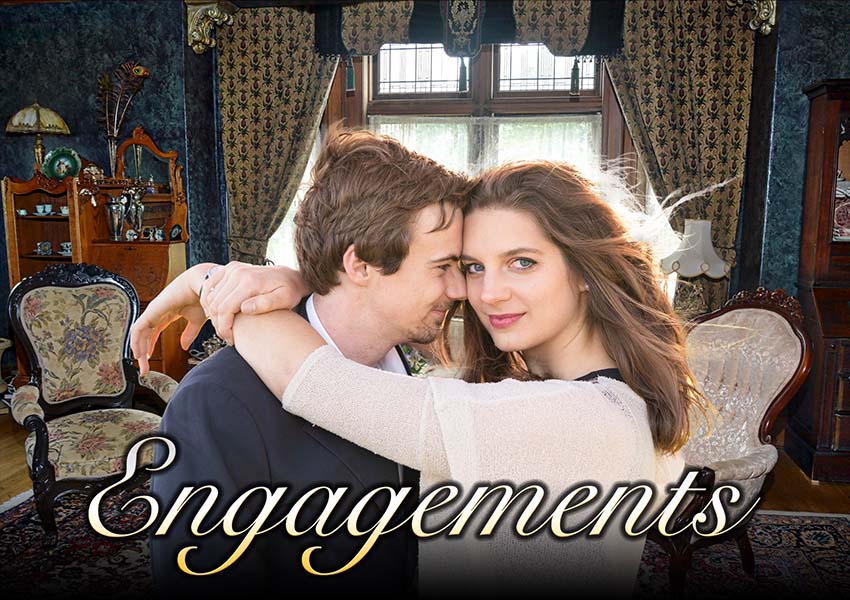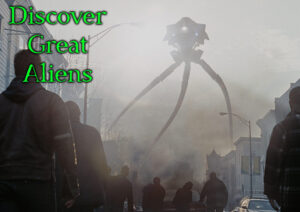Madison Ohio
Madison Seminary
Taking care of spectral residents here apparently doesn’t stop in the afterlife.
Ohio Madison Seminary is still the forever home for spirits of past residents.
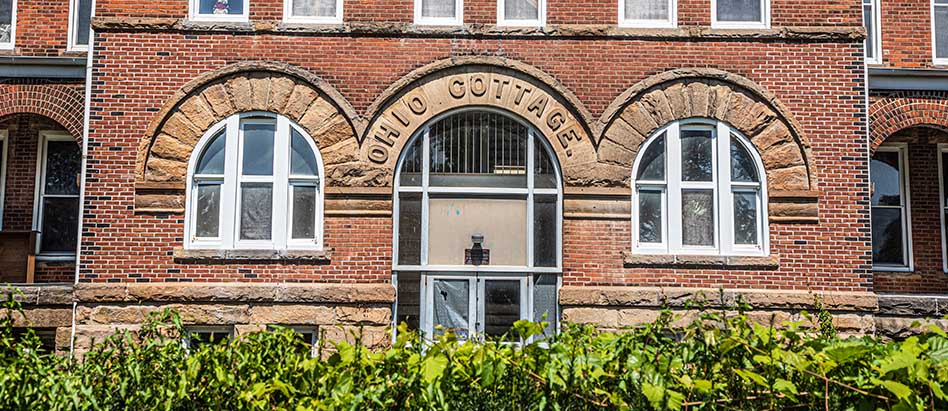
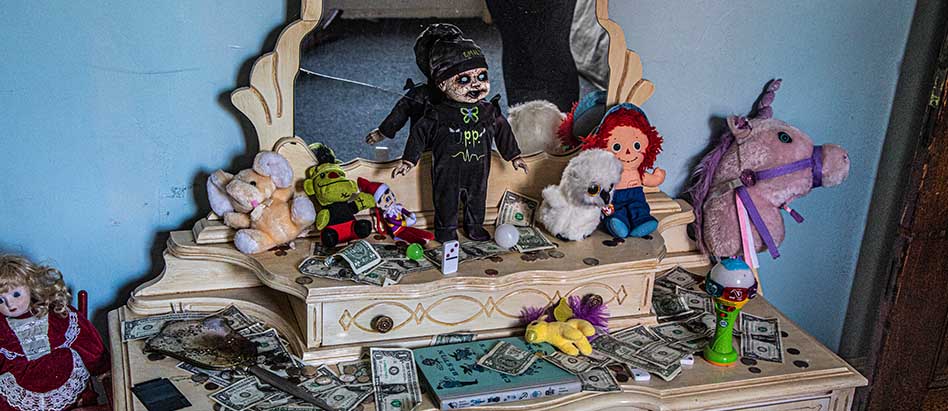
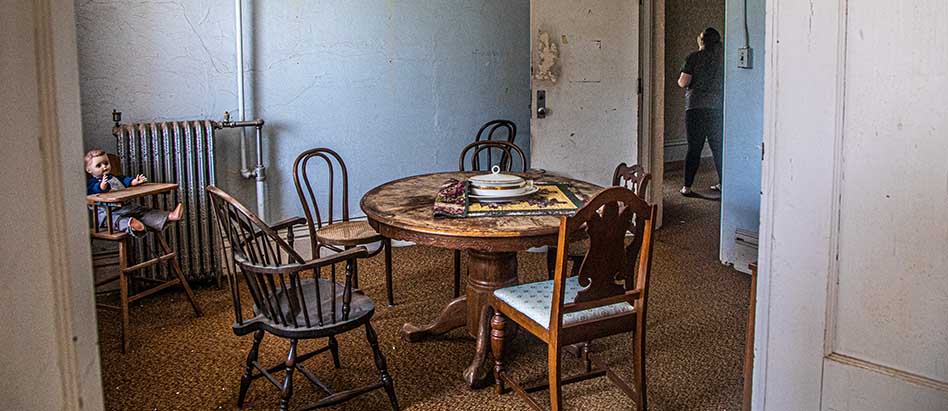

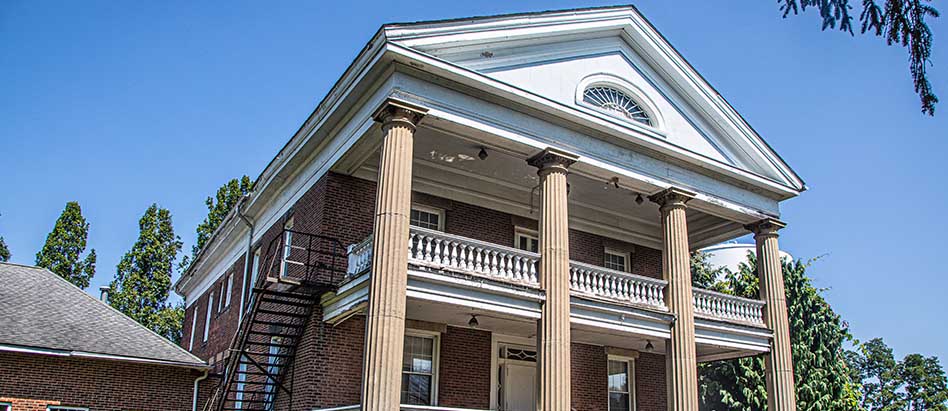
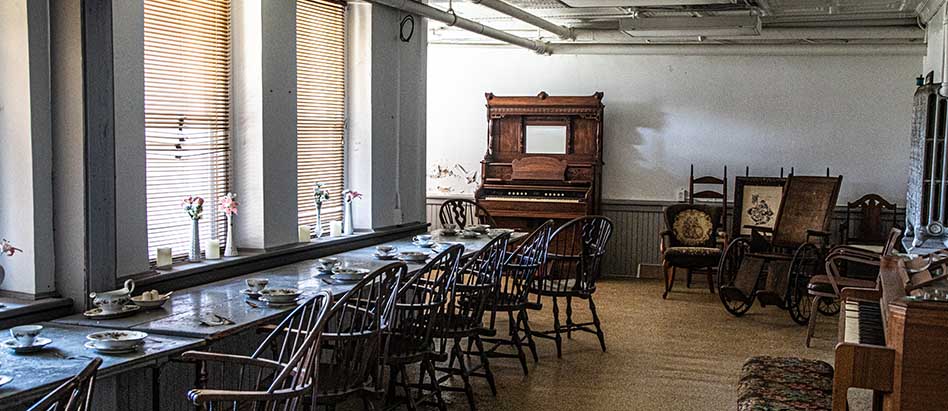
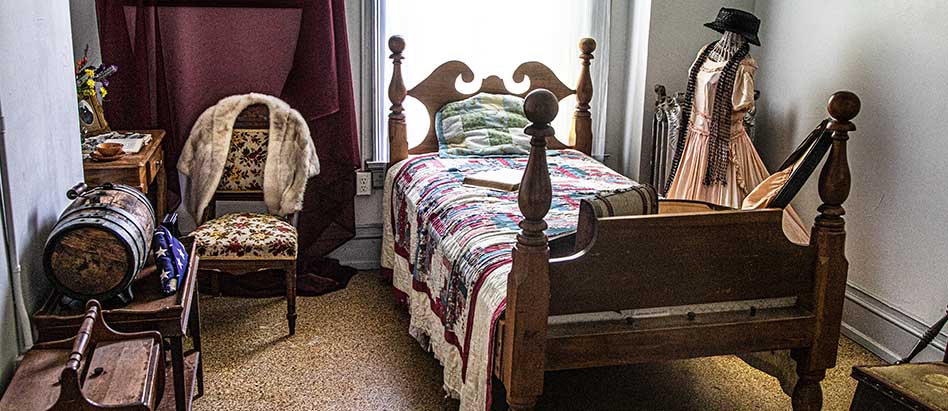
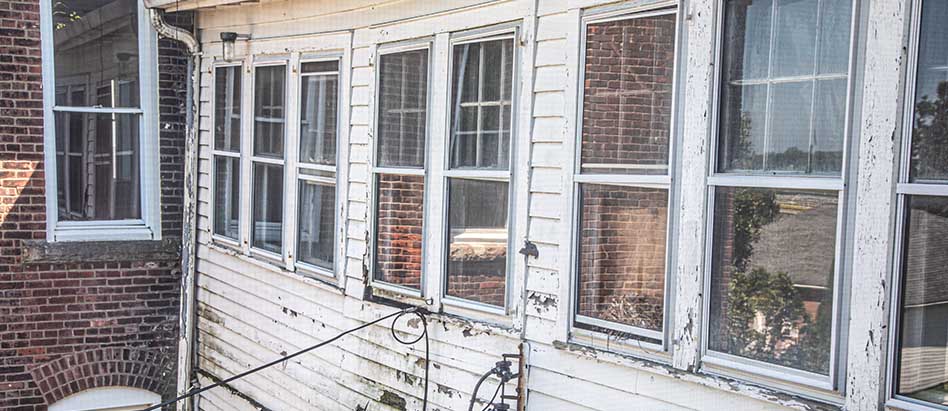
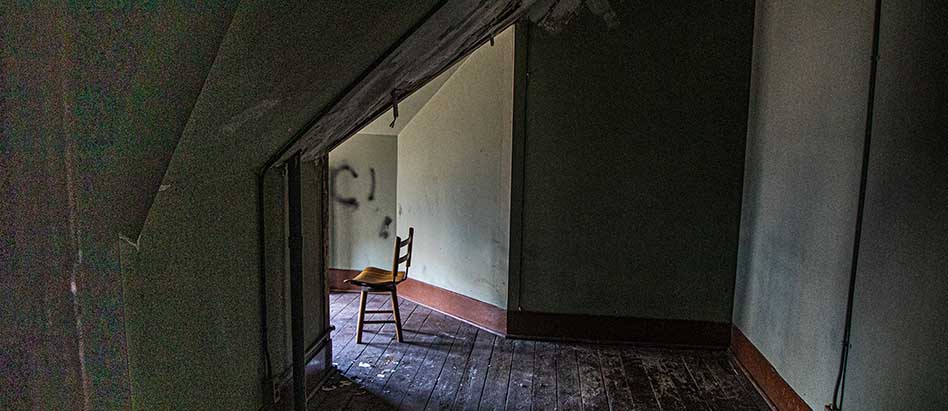
DESCRIPTION
In July of 2021, Tom and I rolled up the driveway in our car to the parking area for this impressive trio of Greek Revival Romanesque buildings. three stories tall and linked together by hallways from one building to another.
We were treated to a private tour of this beautiful, grand facility, after first meeting owner Adam Kimmell himself. Then, with our young tour guide leading us, we made out way through the oldest of the buildings; the large, three story home, The Wittenmyer Cottage, located on the right of this series of three buildings. In 1845, it was built for the housing of male students who attended Madison Seminary School.
After the Civil War, widows of Union soldiers and their children lived in this large home. It was a comfortable existence for both the students, and the Civil War families who resided here later. The common rooms were on the first floor, and the rooms for the students, as well as the widows and their children were on the second and third floors.
We traveled down the hallway which connects Wittenmyer Cottage to the first floor dining room in the Ohio Cottage. The dining room is a large space that has been used to feed many residents over the years. It has probably also served as a recreation room of sorts. An elevator located here made it easy to transport residents down for a meal or for recreation.
Women who were suffering from senility and dementia lived in Ohio Cottage on the second floor. The third floor was the mentally ill and Downs Syndrome wing for women. Their caretakers lived on the same floor as their patients.
Ohio Cottage’s basement and its west wing housed facilities for the laundry, storage, water pump and heating system for this building. It was kept up-to-date to handle the residents needs who lived here. The owner Adam says it needs another revamp in a major way.
The first floor of the West Wing had a dining hall as well for male residents. The second floor of the west wing was for men suffering from senility and dementia. The third floor was for males suffering from mental illness and Downs Syndrome. Again, their caretakers lived on the floors with them, to be close if care was needed.
We saw on the first floor of the West Wing where the police station once was located, which featured an outside window where people could walk up and pay their fines.
Though it is stable and in the process of slowly being restored, it will be a huge project to completely redo the inside and will take the revenue from a lot of ghost hunts to do so! Luckily, Adam has the energy and the will to see his dream of saving the Ohio Madison Seminary and preserving history. Perhaps he has received some grants from the State of Ohio or a loan from the National Register of Historic Places to help him to succeed in meeting his goals.
HISTORY
In 1845, there was no public school system. Male pre-teens and teens were either apprenticed out (Andrew Johnson House, NC), or their parents hired tutors to teach them (Aaron Burr Bed and Breakfast, PA). Not everyone had the money to hire private tutors, (Martha Washington House Museum, VA). Many young people in the city of Madison, Ohio, needed an economical way to get an education. An entreprenuer stepped up to the plate and started a boarding school for boys, Madison Seminary, (probably 12-17).
A wooden structure, now known as Wittenmyer Cottage, was completed in 1847, becoming a place of learning and living. It proved to be a god-send for students of the time, was a lot cheaper than a private tutor, and offered more opportunities to succeed than an apprenticeship would offer.
It proved to be an excellent, affordable private school, resulting in an avalanche of student applications flowing into the Madison Seminary headquarters. A new brick structure, Ohio Cottage, was added in 1859, making room for a student body of one hundred and fifty students.
By the late 1800s, the public school system was finally up and running, offering free education for students who might normally be interested in attending Madison Seminary. Change was in the wind. In 1891, the property was bought by The Women’s Relief Corps, the female division of the Civil War benevolent organization, The Grand Army of the Republic. These organizations were the champions for the needs of Civil War veterans, their widows, their children and others who had served the Union cause.
The Women’s Relief Corps renamed their new property The Madison Home, and built the Western Wing to make more room for more residents, as the need for help kept growing. The second floor of the Ohio Cottage had the rooms used by the Women’s Relief Corps. administrator and his family. The rooms to his apartment ran along a hallway. Visitors can see the fancy tin ceiling shining through the shredded plaster board that covered them up. This apartment was also used for administrators of the other organizations who made use of the building to serve the people of Lake County.
As well as being the home for the widows of men killed in the Civil War, Wittenmyer Cottage was the residence for female nurses and spies. Elizabeth Stiles, was one such occupant, a retired Union spy, who stayed there from 1895 through 1898, spending the last three years of her life here.
Before the Civil War, Elizabeth was a school teacher and seamstress working in Chicago. She met and married Jacob Stiles. Both were very anti-slavery in their convictions. In the late 1850s, they moved to Kansas; a state that had both proslavery and anti-slavery sentiments among its citizens. Violence often erupted between these opposing camps (Eldridge Hotel, KS).
Elizabeth and Jacob were very vocal about their beliefs and were not afraid of the pro-slavery crowd. They were warned to keep their beliefs to themselves. When this brave couple refused to do so, members of the confederate gorilla group, Quantrill’s Raiders, came to the door and shot Jacob. Elizabeth was spared because she was “too pretty to kill,” according to our Ohio Madison Seminary tour guide. Elizabeth’s daughter and son were also spared by there Raiders, deemed not to be at fault for their parents’ beliefs.
Elizabeth became active for the Union cause when the Civil War broke out. Abraham Lincoln noticed her and asked her to be a spy, so she masqueraded as a Southern grandma, in search of her granddaughter’s father. Her thirteen year old daughter, Clara, posed as her granddaughter. Her other disguise that of a nurse in Confederate Hospitals worked for a few years, until her true identity was found out in 1864. She escaped capture but her days of being a spy were over.
The financial demands for upkeep for the Seminary’s large buildings became too much for The Women’s Relief Corps., so in 1904, the property was donated to the state of Ohio, to be renamed The Home of the Ohio Soldiers, Sailors, Marines, Their Wives, Mothers, Widows and Army Nurses.
According to the Annual Report of the Board of Managers, fiscal year ending November 15th, 1905, both the 1845 Wittenmyer Cottage and Ohio Cottage were in need of major improvements. A rather large wish list was sent to the Governor of Ohio, totaling $150.000.00! The process of renovation was expensive indeed!
The fifty year old Wittenmyer Cottage was bluntly described as being dilapidated and antiquated; in need of being torn down. There was no love for its beauty and history. The Board of Managers didn’t notice that the structural bones were still in great shape.
The Board’s inspectors found that the 1845 standards that were in place for sanitation, water, and heating departments were not sufficient for the modern age of 1905. It was suggested that a new facility should be built in its place to meet the needs of the folks living here.
The Ohio Cottage with its West Wing fared better in this committee’s evaluation, but hadn’t been renovated enough to continue acting in the capacity of a “home.”
While the upper floors were fine, the lower floor and basement housing the laundry, kitchen, furnaces, storehouse and dining room created an odorous aroma. Odors that come from these areas “penetrate the entire building. The odors detract from the proper, healthful and comfortable use of living rooms.” (Annual Report of the Board of Managers).
There was no separate hospital on-site to take care of the needs of the residents, which meant that they were probably treated in their rooms, too close to healthy residents. There was no isolated “Sick Bay,” to borrow a term from the U.S. Navy and the 1960s TV show, Star Trek.
This 1905 Annual Report suggested the construction of three new buildings. Besides the replacement structure for Wittenmyer Cottage, a separate building for the laundry, kitchen and storehouse, and a structure for a hospital was proposed. Furthermore, Ohio Cottage should have a wide porch in the front for residents to enjoy.
After the report was presented the existing structures were significantly renovated to meet the standards of the time, but nothing was torn down, no new buildings were erected at this time and the front porch was not built.
The buildings were thought to be in good enough shape that major renovations would bring them up to code so a “home” could exist here after all.
Instead of a front porch, a large, park-like grassy area with trees was landscaped in front of the massive building.
I bet that as part of the renovation efforts, the kitchen, and laundry room were given better ventilation systems to expel the odors created there. The sewage system was definitely brought up to code, as well as the water supply safeguards. By this time, everyone knew what caused Typhoid and Cholera.
The interiors of all the rooms were given an upgrade, bathrooms were updated, and a hospital section was probably created.
However, many years later, in 1959, a one story hallway was constructed between Ohio Cottage and its East Wing, when the need to connect the buildings became very apparent.
For years, the structures were filled with people who were separated according to their needs. Some floors took care of the elderly who needed nursing care or assisted living. There was a hospital on one of the floors.
Widows still lived in the revamped Wittenmyer Cottage. It served military families throughout the 20th Century. Two World Wars and the Korean War made its services very relevant indeed.
In 1962, because the Federal Department of Veteran’s Affairs now offered care for the needs of veterans, and social security took care of widows and children, the management of the home was transferred to the Ohio Department of Mental Hygiene and Corrections. The new name became Opportunity Village. Widows were sent to other homes and children went into the foster care system.
Opportunity Village was the new name of this facility as it offered opportunities for model women inmates from the Women’s Ohio State Reformatory to participate in vocational rehabilitation programs, learning how to take care of the Ohio Cottage’s elderly women who suffered from dementia and senility. They lived on-site, which must have been a joy to them. Opportunity Village lasted until 1975, when funding problems finally shut down this innovative program.
The nursing home and mental hospital staff continued to live on the same floors as their charges. The doctor had his own office near his patients.
Hard-to-handle psychiatric patients from Cleveland State Hospital were sent here. They were heavily medicated and were just warehoused in this institution. While Ohio Cottage’s third floor housed mentally ill women, West Wing’s third floor housed the mentally disturbed men.
Lake County took over the property in 1977. Soon after this change, the entire property was listed on the National Register of Historic Places on February 22nd, 1979, as this was a property that was much loved by the community.
Madison Township decided to lease it from 1978 to 1993. The administrative offices of the City of Madison moved inside, as well as the City’s Police and Fire Department. Educational classes for junior college students occupied the first floor.
By the end of 1992, the buildings needed a cavern of money to restore and upgrade the inside necessities, so the whole property was put on the rental real estate market. Probably another reason why this happened is that the resident spirits also had made an appearance.
A big clue to this probability can be found in the Lake County’s ad for tenants. It stated that it could be leased for a bargain price, and also included a warning that the buildings had spirits.
It was not surprising that there were no takers from 1993 through 1998, leaving all this space to the spirits attached to it. What to do now? No one had the heart to tear it down as it was loved by the Madison Community. It had been a life-line to those in need for such a long time, making a difference in the quality of people’s lives.
Much to the relief of Lake County, Cass-Mill Nurseries bought this huge property in 1998 for 28,500 dollars, to be used as offices and storage. The Cassell family owned it for several years. The Madison Historical Society got its foot in the door when it was allowed to set up a museum in a portion of the structures, showing all the good work that happened here.
Except for the nursery offices, and the museum, most of the floors were empty of living souls. Spirits on the other hand had no problem with the aging interior, and again were not shy with the people who were here.
A new money maker was born. When the Cassells realized that many spirits still adored this place, Tom Cassell began to sell ghost tour tickets costing forty dollars each. He led ghost enthusiasts through the haunted buildings. After this place was discovered as being paranormally active, the Cassells began to cater to Ghost hunting groups which brought in needed funds to help to maintain this huge structure. It became very popular with ghost hunters from all over the country. No one left disappointed.
It was featured on television programs such as MY GHOST STORY, HAUNTED COLLECTOR; SEMINARY SPIRITS/GHOST GAMES, DESTINATION FEAR, and MOST TERRIFYING PLACES IN AMERICA.
In 2013, a ghost hunting group led by Adam Kimmell did an investigation here. Adam was quite impressed with his findings. Three years later, he and his group came back to film an episode for his web series about haunted places in 2016. He decided to buy the property, right after the Cassells put this notorious real estate opportunity on the real estate market in 2015.
The buildings are strong structures and will stand for 100 years, which is what they have going for them. Their exteriors look great and have a wonderful curb appearance. Much work has been done in repairing the outside of the buildings.
While starting this daunting task that he has ahead of him, Adam found the help along the way from many volunteers from the surrounding community. He states on the Madison Seminary website, “We have an amazing team of people who have truly revolutionized our lives by their selflessness and friendship in our time of need and we will never be able to express our gratitude.”
HISTORY OF MANIFESTATIONS
Many spirits call these Ohio Madison Seminary buildings home, as they spent a great deal of time here during their lifetimes. Many others were dedicated to their work in helping and taking care of their charges. They don’t mind the dreary interiors of the buildings, seeing them as they were when they were living beings. All have their reasons for staying. They all interact with the living, and are not afraid to show their feelings now.
Spirits of children often like to stay where they felt love and a sense of belonging in life.
Jenny Wade House, PA (Spirits of orphan children still stay here as they did while alive to have a break from the cruel orphanage during the 1850s and ’60s).
Stranahan House, FL (The spirit of a young Native American child who died from heart failure at the doorway is still here to be near the kind presence of the spirit of Mrs. Stranahan).
Waverley Plantation House, MS (Two young spirit girls loved to play on the staircase. One died from falling down the stairs that are not kid-friendly, while the other one died from disease. One little spirit has left after having a conversation with Mrs. Snow, but the other spirit child still loves this structure).
Ohio Madison Seminary, OH (A young boy who lived with his widowed mom in Wittenmyer Cottage must of died here, either from disease or accident. He is happy here still.)
Spirits can hold grudges against those living people who remind them of someone who they disliked intensely while alive.
National Park Service’s Guest House, Harper’s Ferry, WV (A spirit who resides here has an intense dislike for anyone in a Federal uniform. He blames the Union Army for destroying his life here in Harper’s Ferry).
Colonel Michael Swope Townhouse, VA (The spirit of Col. Michael Swope still has hard feelings against anyone living who is British. His British captors treated him badly during the Revolutionary War. He strongly objected when a British woman was touring his home, to perhaps buy it).
Tres Frères Bed and Breakfast, LA (The spirit of a woman whose death was ruled a suicide when it probably was an accident is still angry with the Catholic Church that forbade her burial next to her husband and son).
Ohio Madison Seminary, OH (The spirit of a male patient on the mentally ill wing while alive suffered physical and verbal indignities. Now that he is in spirit form, he won’t take it from the living).
(The spirit of a male nurse had an issue with a live tour guide who reminded him of stressful work experiences).
People who once worked passionately in a field of service or work that they loved, often as spirits don’t want to leave their occupations just yet, especially if the spirits of those they once cared for still need help).
Saint Louis Cathedral, LA (The spirit of the Spanish Monk, Pere Antoine is still fervently praying for and helping both the living people and spectral souls. He is still feeling bad for his rough start at this church).
Outlaws and Lawmen Jail Museum, CO (The spirit of a jailer is still taking care of the spectral inmates).
Waverly Hills Sanitorium, KY (In this old TB hospital, doctors and nurses who caught TB from their patients and died themselves are still working hard to cure the spirits who died of their TB here).
Ohio Madison Seminary, OH (Two spectral employees are still on the job, looking after the spirits of patients who stay).
People who loved and appreciated their homes or workplaces while alive, will become active when meaningful items are added).
Twain Hartford House Museum, CT (After the beloved home of the Mark Twain family was restored to be a house museum and memorable items that the family loved were put on display, the whole family moved back inside to be together again).
Brumder Mansion Theatre, WI (When the replica of a 1920s bar was set up in the theatre, the spirits from the Prohibition speakeasy that once was located here became interactive with the living).
Ohio Madison Seminary, OH (When a doctor’s office was set up with items needed for a medical practice, the spirit of a doctor moved right in!).
(When Wittenmyer Cottage was furnished as it would’ve been in the late 19th Century, with 1891 furniture, two spirits from the Civil War widow occupancy era decided to become active and show themselves).
(People have left items in a spectral patient’s room to encourage her to stay and participate in the earthly affairs of the present).
MANIFESTATIONS
The Spirit of a Male Nurse
He is a very tall spirit.
He has been seen sticking his head into each of the spectral patients’ rooms, to check on them.
He is possessive of the room where he stayed while alive.
He took a dislike to one of the tour guides, because she reminded him of someone he had issues with while he was living. He openly showed his feelings toward her.
The Spirit of Sarah
She was either a young girl or a woman with senility who was dropped off by her family who couldn’t take care of her anymore.
She has made herself known and will talk with any investigator like a young child would.
The owner and other folks have made her room very inviting for her. She is very happy.
People have left her dolls, things to play with, books for children and a rocking chair as well. There are signs that she plays, reads, and rocks in her chair.
Her room has a bed and bedspread that a young girl or a senile woman reliving her childhood would like.
There are pictures on the wall that have pleased her as well.
Mentally Ill Male
A combative mentally ill spirit takes no abuse from paranormal investigators.
Those who try to provoke him are pushed out of the room and scratched.
As a spirit, he is freer to show his feelings now that he takes no medication to calm and control him.
He doesn’t like the living to come into his room, and will show his displeasure.
Other 3rd floor Male Patients
Twin boy spirits have stuck out their heads around the corner of their rooms to watch investigators and tour guides.
A spirit with Down Syndrome male is very friendly and willing to talk to the living through EVPs.
The Spirit of Elizabeth
In Wittenmyer Cottage, Elizabeth Stiles makes personal appearances in front of the staff, not being shy at all.
Wearing middle to late 1800s’ attire, she likes to float around the house, and is very content to be in such a grand place where she spent her last years.
She may converse with mediums or paranormal investigators as she is still as brave as a spirit person as she was while alive.
She approves of the furniture on display, and has claimed this home as her own that she willingly shares with the living.
She has moved into one of the rooms on display with furniture she likes as she continues to reside here.
The Spirit of a Boy
A source says that his name is Steven.
In Wittenmyer Cottage, this spirit boy, like Elizabeth makes personal appearances to the living.
He continues to enjoy the activities he did while alive.
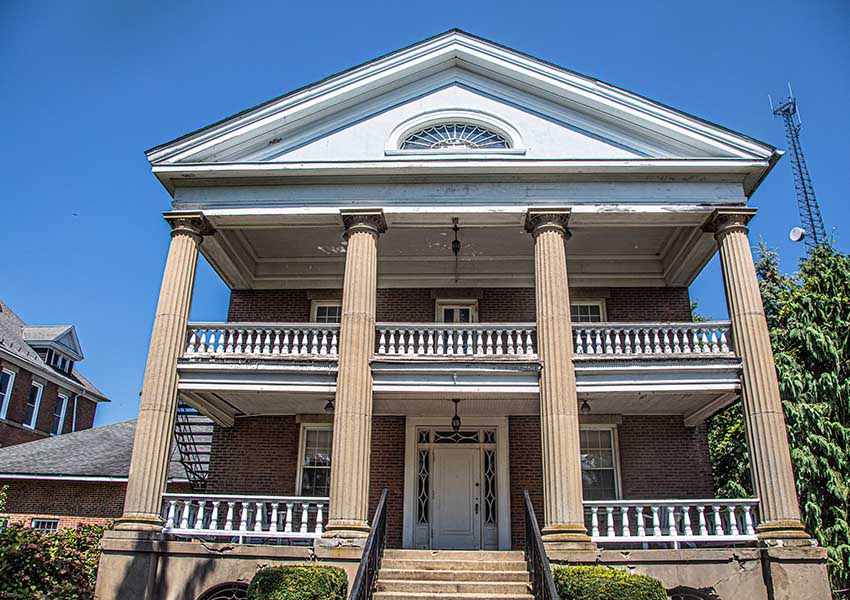
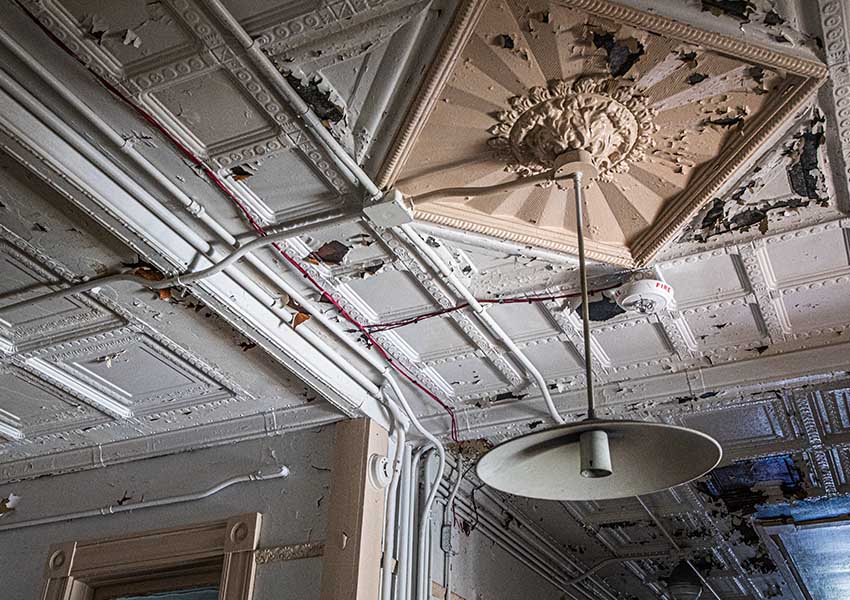
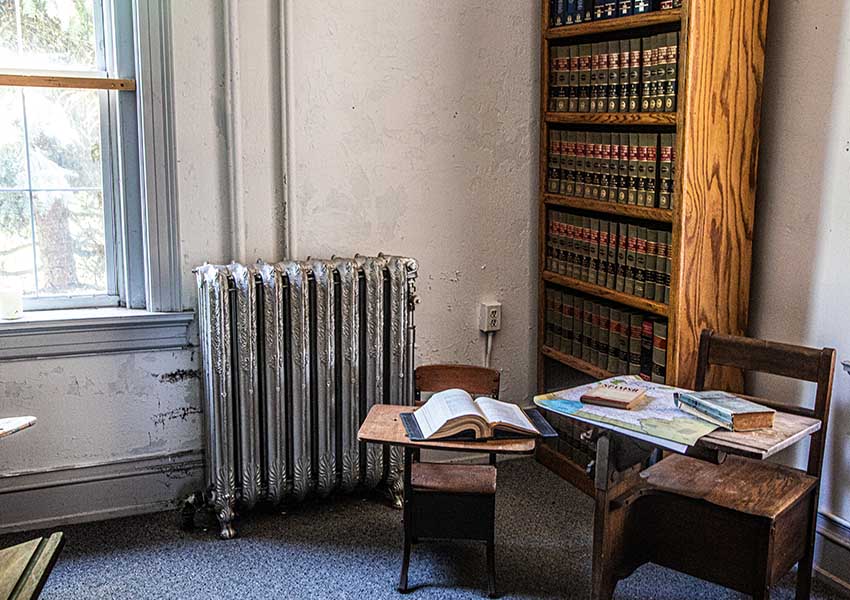

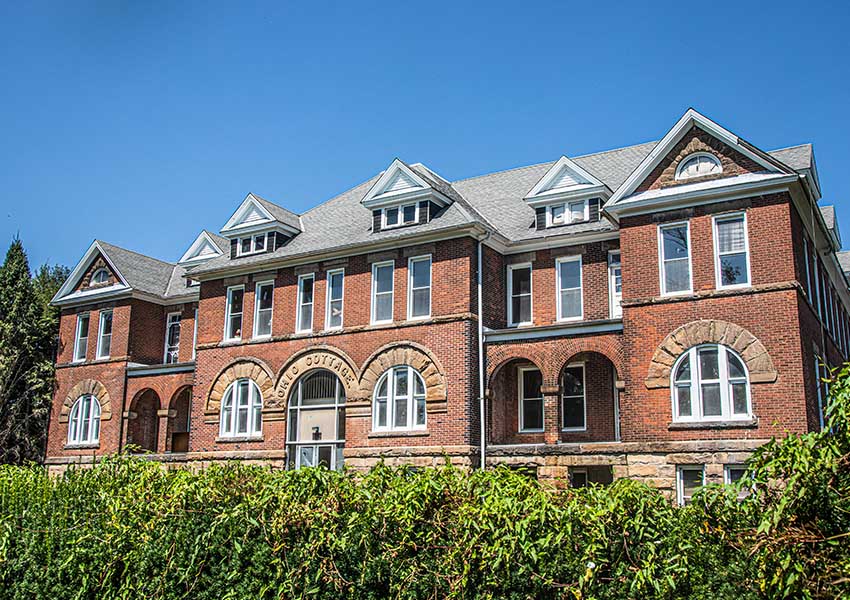
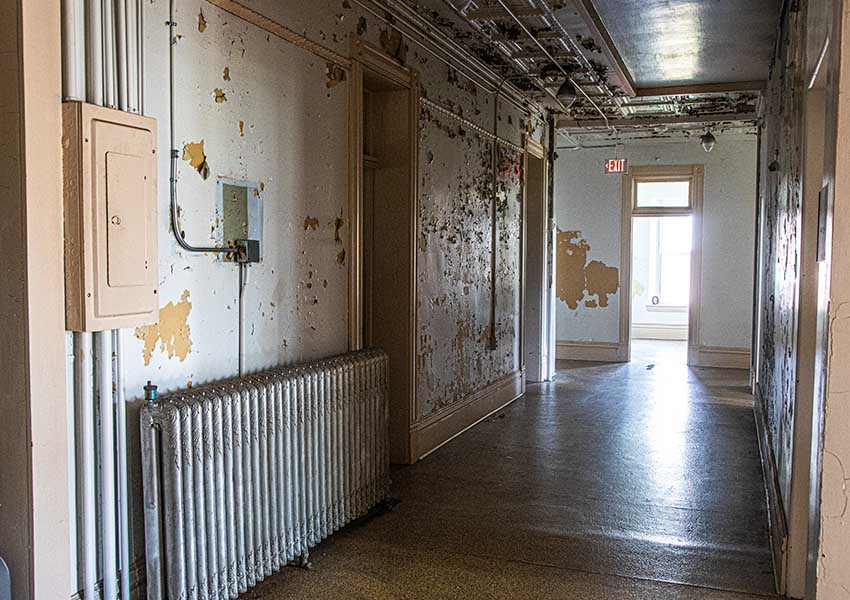

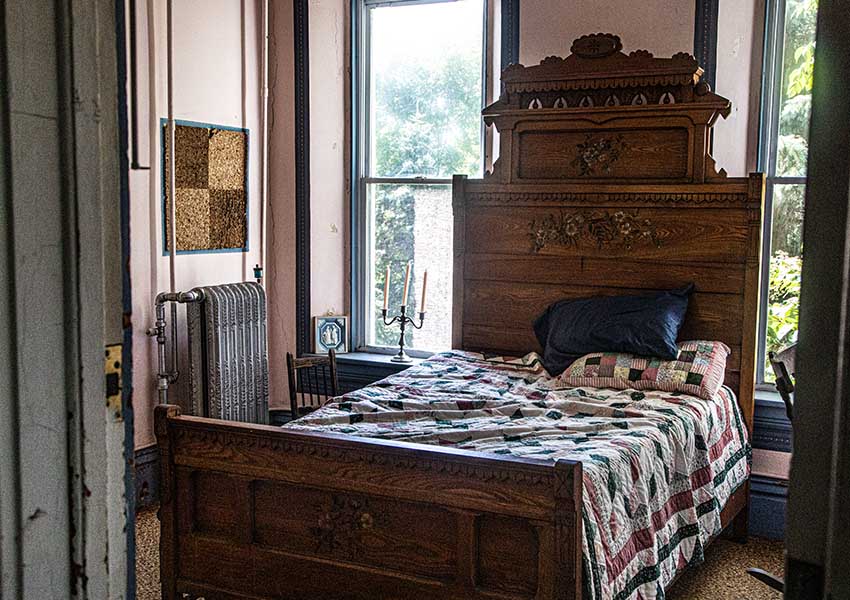

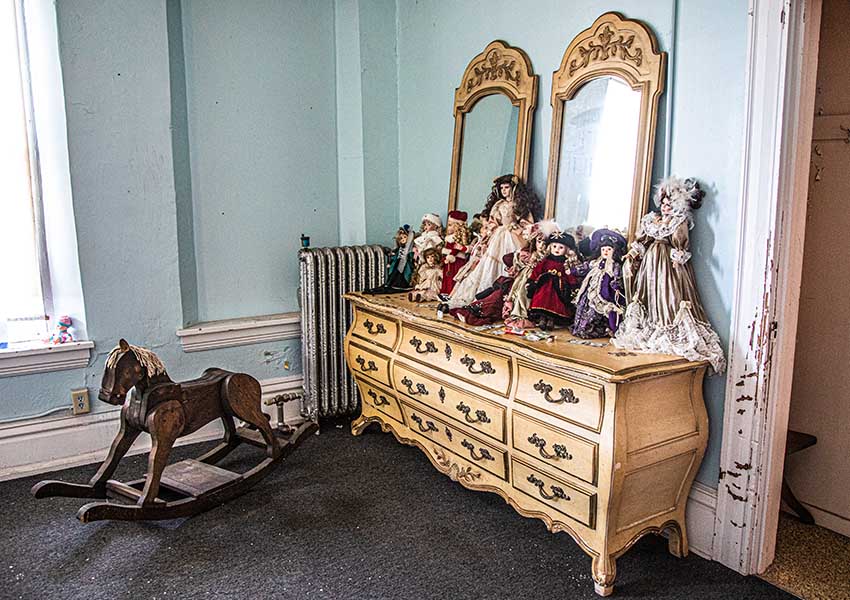
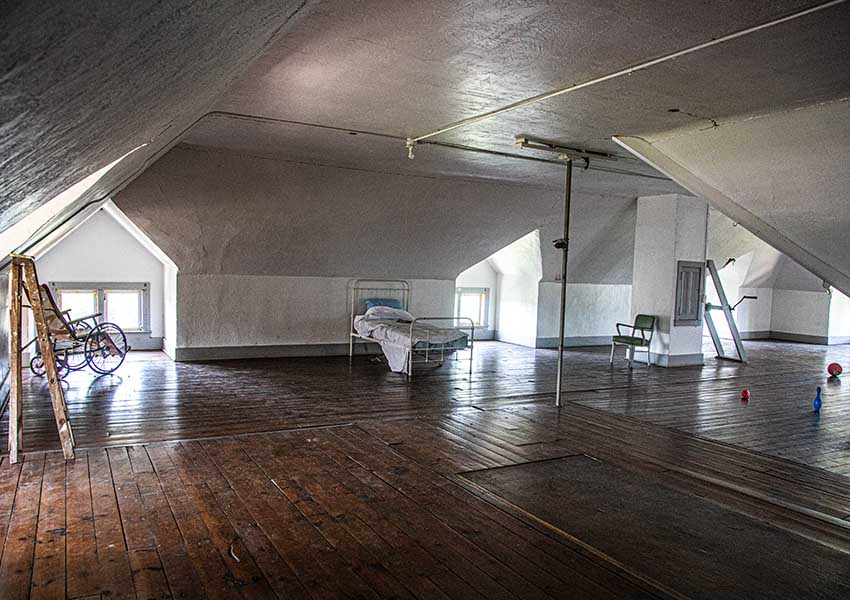
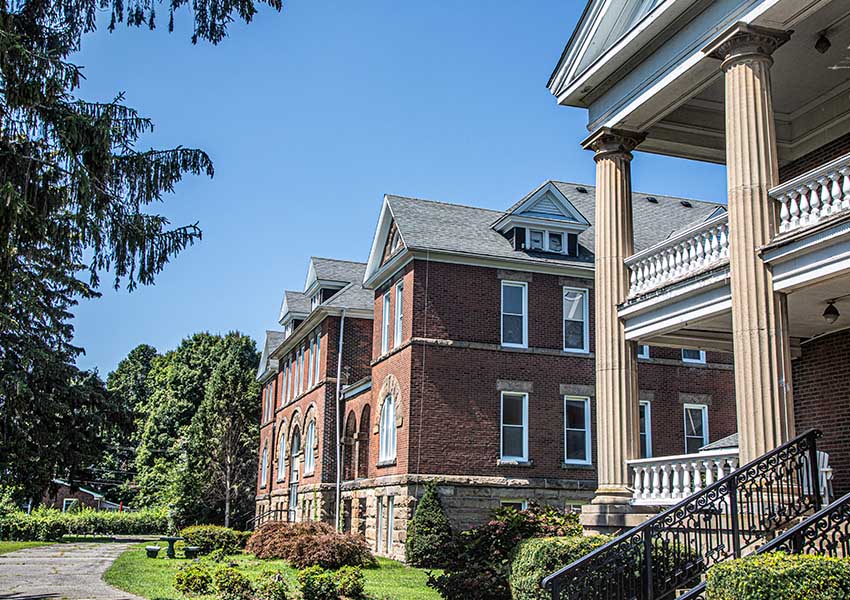

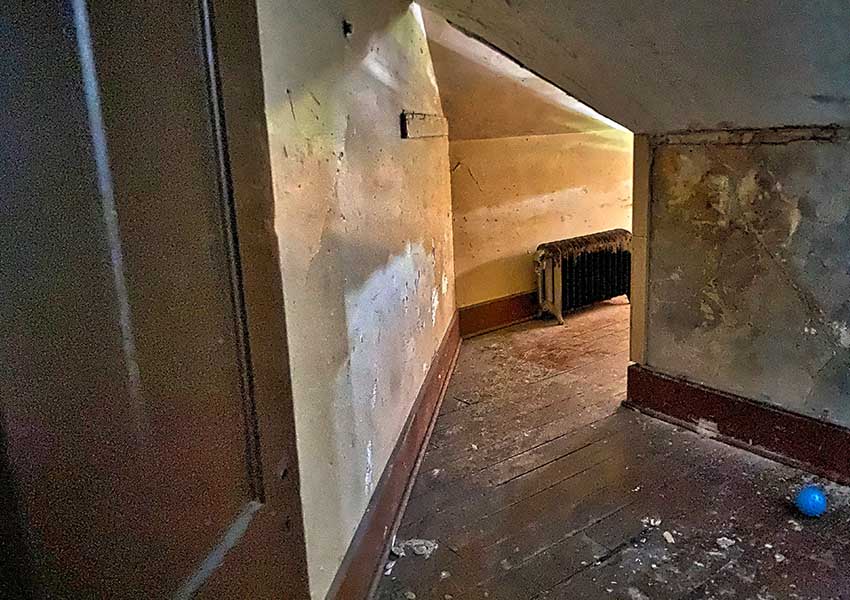
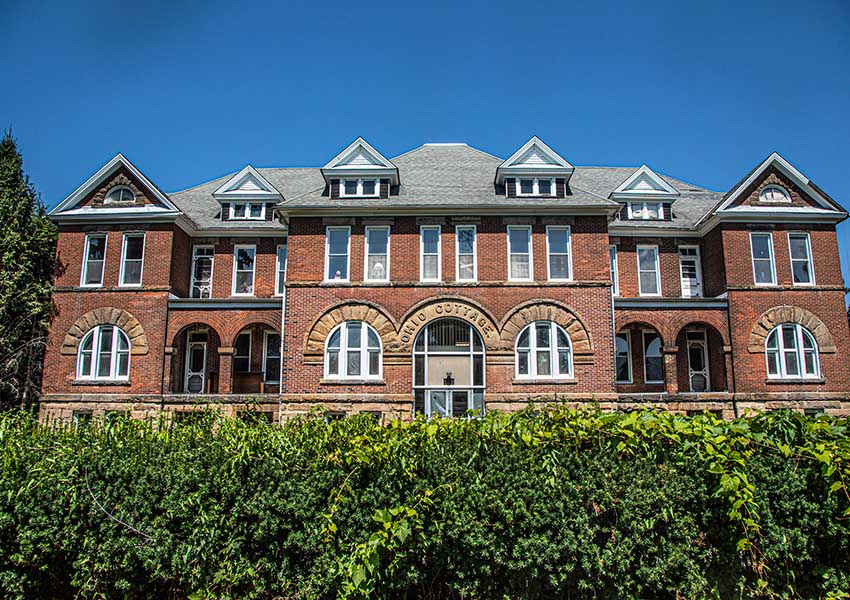
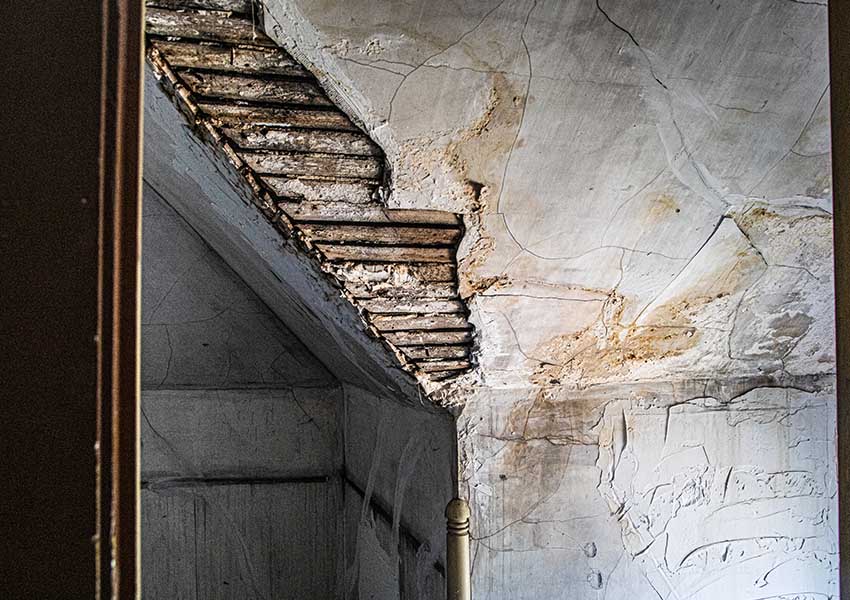
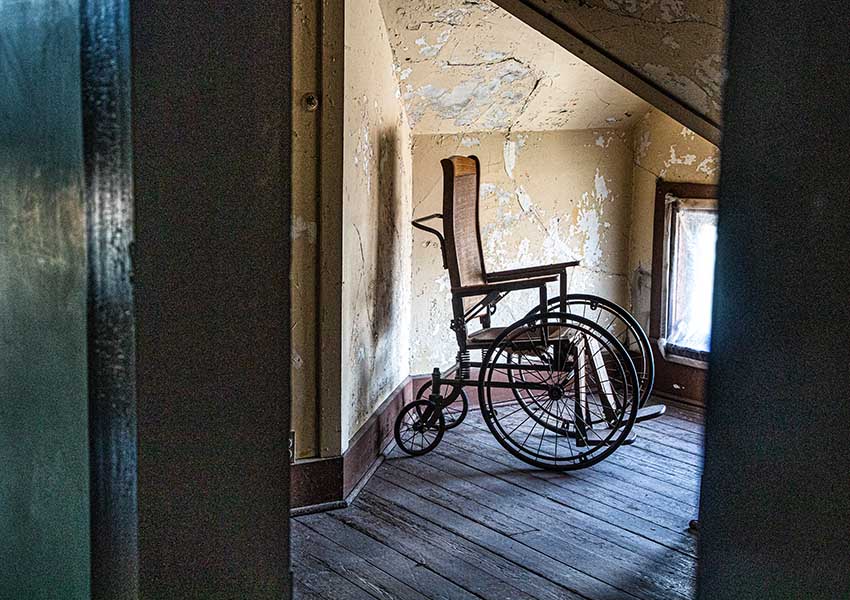


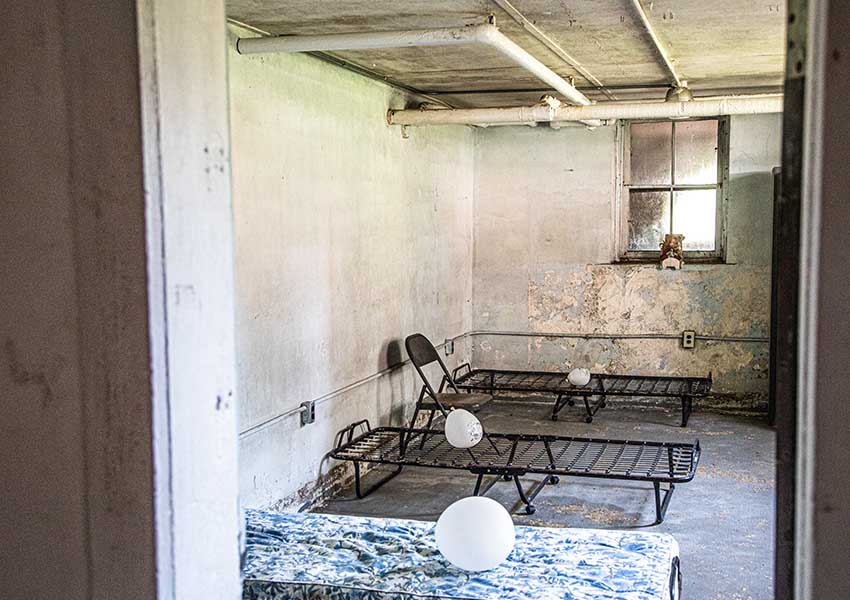

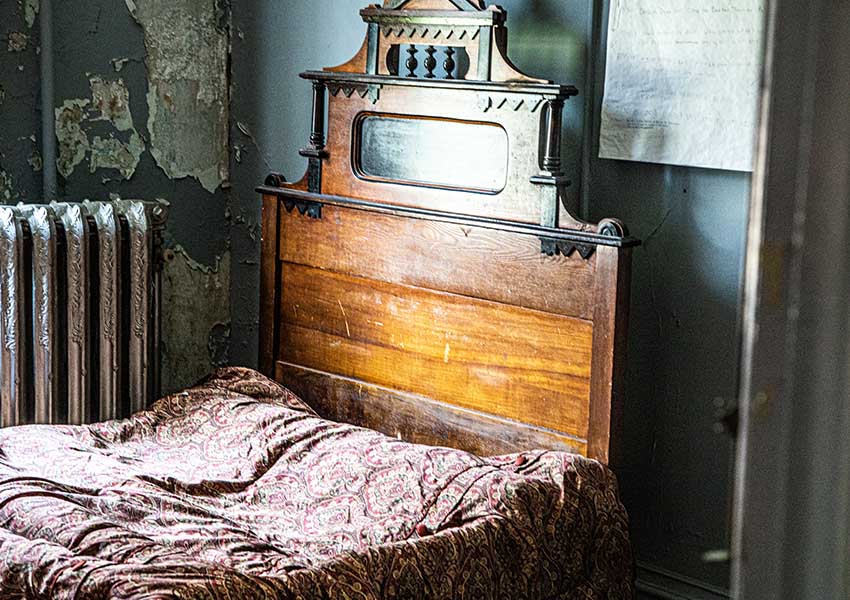

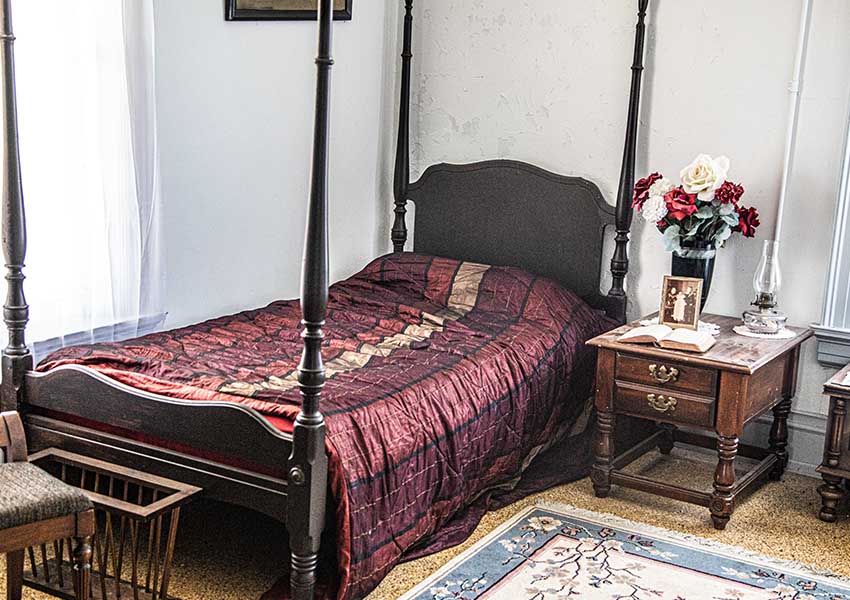
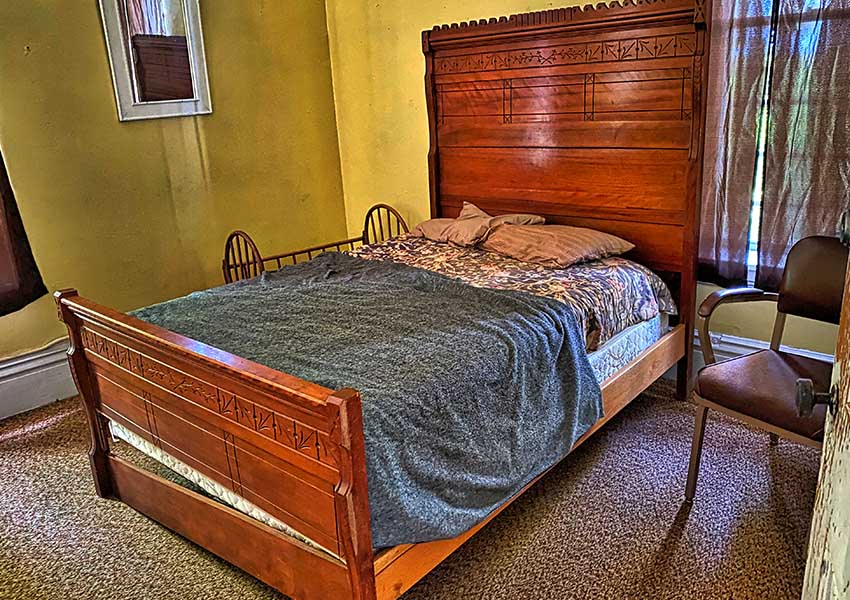
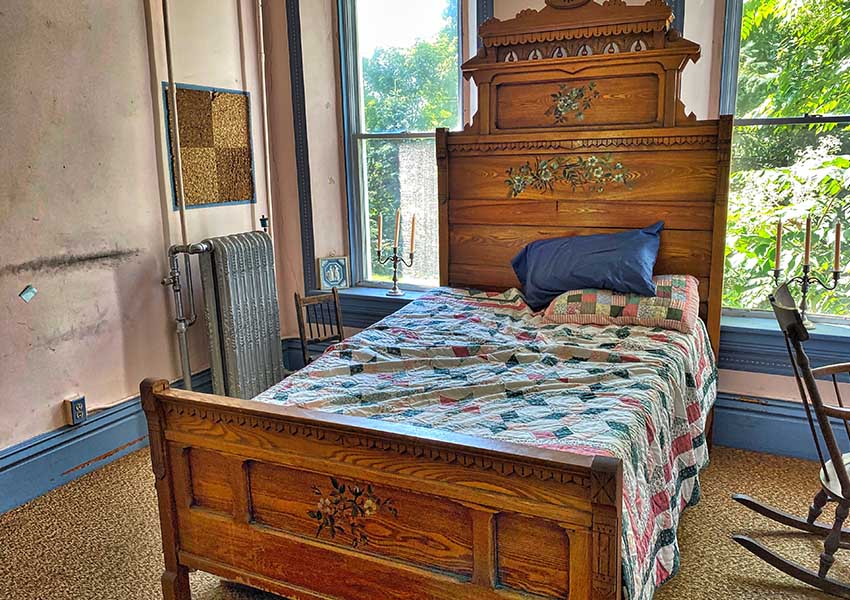
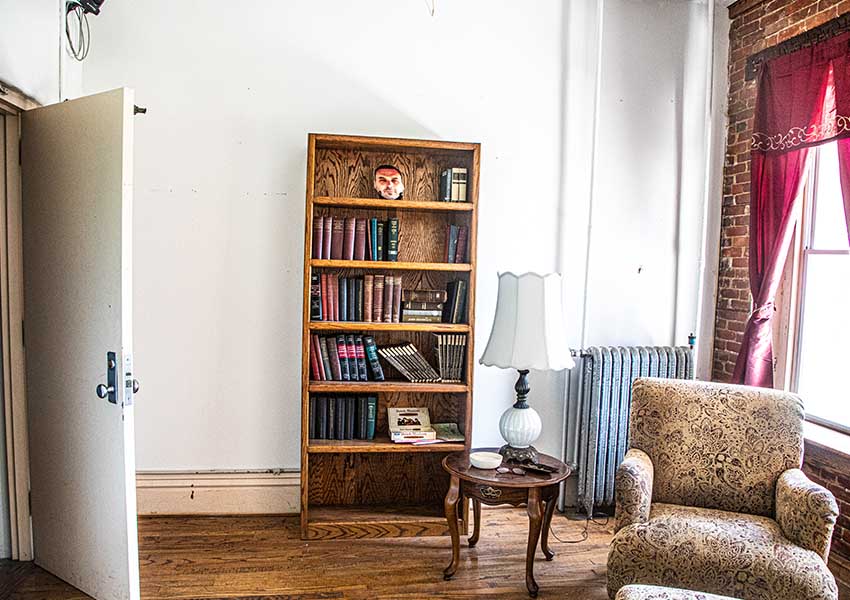
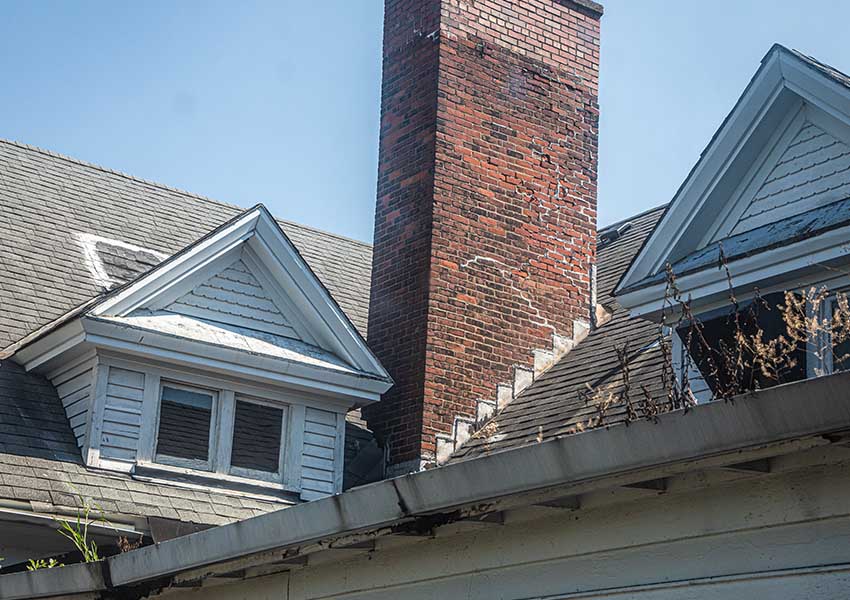
PARANORMAL FINDINGS
People have been known to have meeting and greeting experiences with the spirits here since Lake County took the reins of this property. They may have had personal experiences here much farther back in time, but they were not reported. There are so many spirits here it would be hard not to notice their antics.
Paranormal investigators were let inside for tours and for investigations for a fee when the Cassell family owned this huge property as they realized they had spectral company from the very beginning. Tom Cassell family started the tours as he was living there as the caretaker and saw an opportunity to help support the maintenance of the buildings.
Adam and his tour guides, as well as the volunteers and tourists have all experienced paranormal activity aimed at them by mostly friendly spirits, with only a few exceptions mentioned above.
Boatloads of ghost hunters have long been treated to the full paranormal sports package, from sounds, disembodied voices, touches, and personal appearances of the spirits who stay here. Whoever came to investigate never left disappointed.
Much hard evidence has been caught on tape and EVP recorders, backing up what people have experienced.
STILL HAUNTED?
A Big Yes Indeed!
Many spirits still reside here, not willing to go to or stay in the spirit world for a variety of reasons. They are not a shy group, and they feel free to be themselves; not afraid of being made to leave.
The Tours and investigations here have been a great experience for the Seminary’s many visitors who are interested in the paranormal.
LOCATION
6769 Middle Ridge Rd
Madison, Ohio 44057
Madison Seminary is located near the intersection of state Highway 528 andCounty Highway 22, right across from Middle Ridge Gardens, in the outskirts of Madison, Ohio.
SOURCES INCLUDE
- https://m.bpt.me/event/4440781
- Ohio History Archives, https://ohiomemory.ohiohistory.org/archives/3768
- Wikipedia Article: Madison Seminary and Home
- National Register of Historic Places, Number 79001871
- Ohio Madison Seminary website
- Stephanie Michaels, Research and Catalog Services Librarian at theState Library of Ohio
Your Paranormal Road Trip

